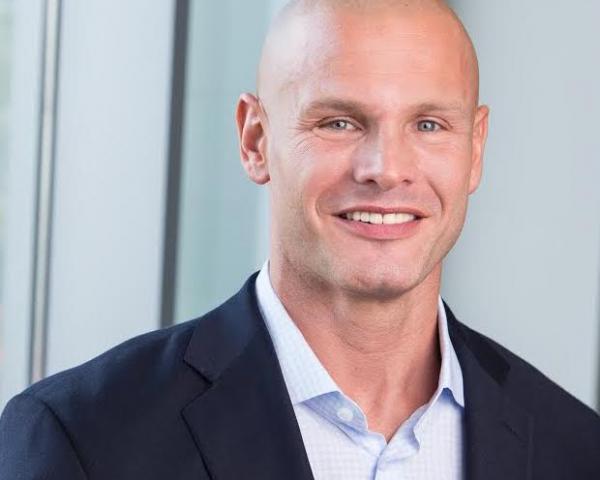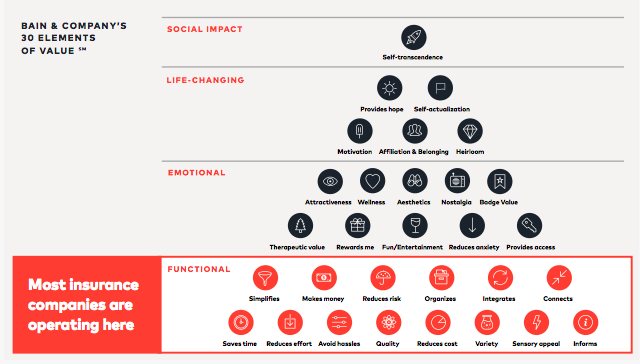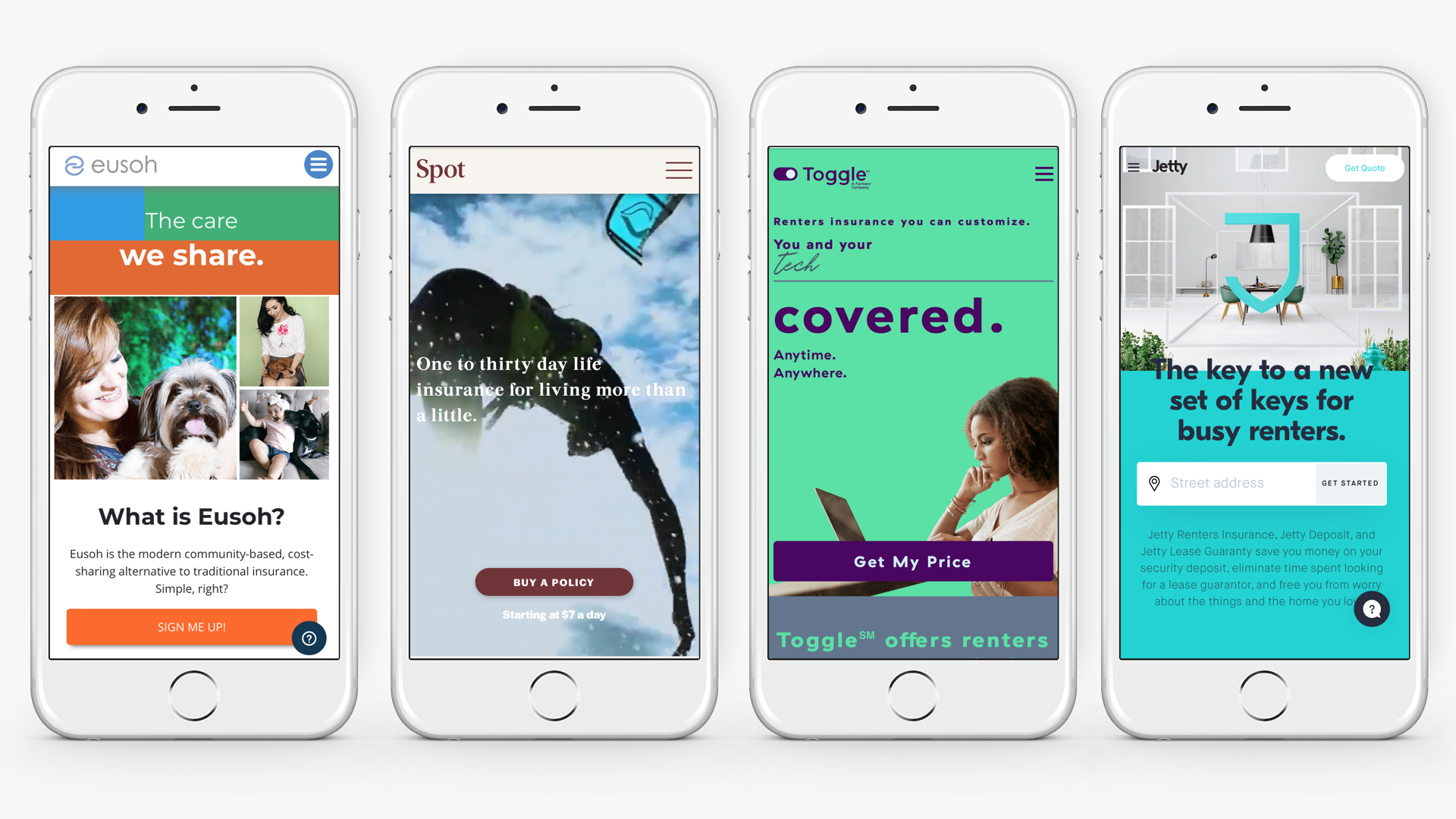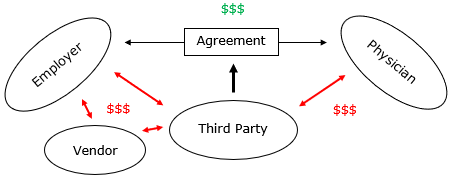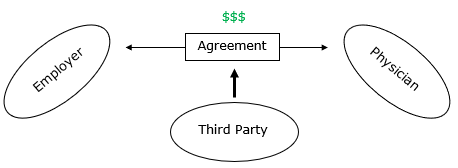Working on a book project, I’ve done some digging into the history of X Prizes and Grand Challenges and found raging successes. I think the world of insurance and risk management should consider offering some rewards to tackle seemingly intractable problems, and I have some thoughts on where to start.
Prizes for breakthroughs can be traced back at least to 1567, when King Philip II of Spain posted the first of many prizes that governments offered to anyone who could accurately determine longitude at sea. The prizes weren’t collected for some two centuries, and it wasn’t until the mid-1800s that the longitude problem was fully solved, but the prizes still focused the attention of many of the world’s leading scientists and drove steady progress for a long time.
Progress came much faster when a New York hotel owner offered $25,000 in 1919 to the first person who flew from New York to Paris or vice versa. One team alone committed $100,000 for a prize a quarter that size. Then Charles Lindbergh succeeded in May 1927 and helped usher in the era of long-distance flights.
The DARPA Grand Challenges for autonomous vehicles were even more successful; while the race among pilots was already on in the 1910s and ‘20s, the AV prizes came at a time when the prospects for driverless vehicles weren’t at all clear. The prizes not only led to technology breakthroughs but created a community that has fostered the work ever since.
The first competition, for a $1 million prize in March 2004, went almost literally nowhere. None of the 15 autonomous vehicles made it even eight miles into a 142-course. More than half the cars failed within sight of the starting line. A motorcycle (yes, someone entered a motorcycle) fell over after just a few feet. Many vehicles crashed or caught fire. But the seed had been planted.
DARPA (an arm of the Department of Defense known for driving innovation, including the founding of the internet) sponsored a second, $2 million Grand Challenge 18 months later. This time, a whopping 195 teams entered; five (including an updated version of the motorcycle) finished the 132-mile course. DARPA then posted a $2 million Urban Challenge in 2007, and six of 11 entrants completed the complicated course in a simulated city environment. AV technology was real, and it worked even in cities.
For a grand total of $4 million in prizes, DARPA unleashed a torrent of private investment and innovation. The Brookings Institution counted $80 billion—yes, “billion,” with a “b”—of investment in autonomous technology between 2014 and 2017. That’s just the investments announced publicly and of course doesn’t count the prior investments or the money that has flooded into the field since 2017. The private investment has us well down the road, if you will, to full autonomy and in the meantime has spun off all sorts of “driver assist” technologies that are making cars safer. (Now, if drivers would just get off their stinking phones.)
Many industries are sponsoring prizes that have led to breakthroughs related to health, more sustainable food supplies and access to fresh water. Last year, for example, the Skysource/Skywater Alliance won a $1.5 million prize for developing a generator that can pull more than 2,000 liters of water a day out of the air in any climate, using renewable energy and costing less than two cents per liter. How cool is that?
So, what sort of challenges would merit a prize in insurance and risk management?
For my money (though, no, this won’t be my money), the goals have to be fundamental, so important and audacious that they will intrigue great minds. The challenges also should be issues that aren’t already being solved by market forces and that won’t be soon, unless attention is focused on the problems.
Perhaps we can start by thinking about hurricanes, as long as we’re in the season. While there isn’t a lot to be done to protect property from the devastating winds and from the sort of long-term flooding that sometimes occurs, an awful lot of damage is done by water, quite quickly, through wind-driven rain and wind-driven surge. What if there were some way to quickly seal a property off from that wind-driven water, so owners could take action in the day or two before the hurricane hit and could provide protection long enough for the storm to pass? I’m thinking of something equivalent to fire retardant that could be sprayed around or on a house as a wildfire approached, and a hurricane generally comes with more warning. The market for such a sealing product or service is diffuse enough that I’m not sure the market is headed there any time soon, but wouldn’t it be worth some sort of a prize by insurers, knowing how much damage they could prevent?
I’m sure there are much better ideas for Grand Challenges out there – so please share them. If some alliance competing for a $1.5 million prize can pull hundreds of gallons of water a day out of thin air, just think of what progress prizes could produce for insurers and for risk management.
Cheers,
Paul Carroll
Editor-in-Chief





